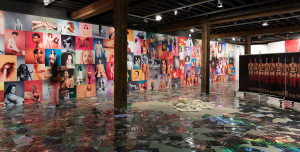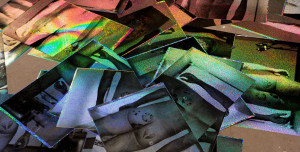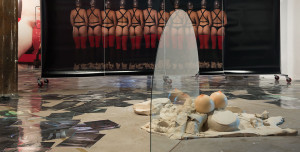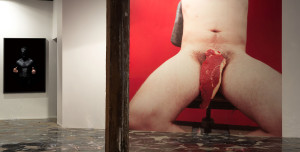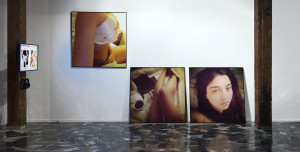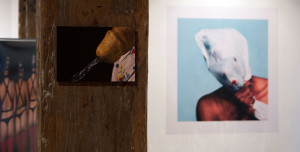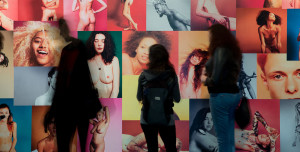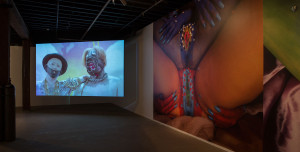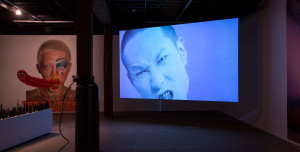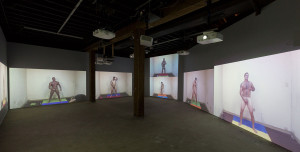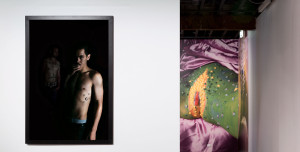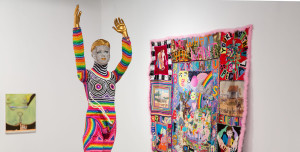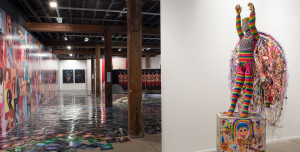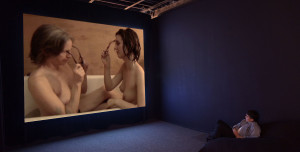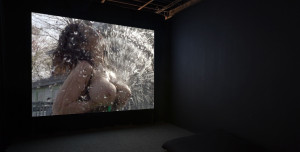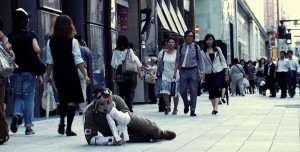Exhibition
THE PUBLIC BODY .01
25 Aug – 23 Jan 2016
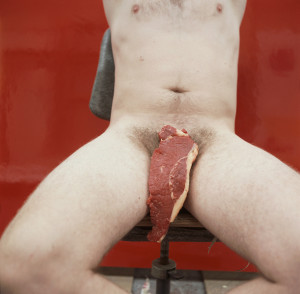
Artspace
43–51 Cowper Wharf Roadway
Woolloomooloo NSW 2011
Sydney Australia
Thursday 25 August, 6 – 8pm
THE PUBLIC BODY .01 is the first of a three-part speculation on one idea. Over the next three years THE PUBLIC BODY .01, .02 and .03 will explore various facets of the notion of the public body with three distinct yet interrelated exhibitions.
We begin at the closest and most intimate point: this vessel that we all occupy with its myriad physical and sexual selves. THE PUBLIC BODY .01 explores contemporary representations of the body and, in particular, the naked and/or sexualised body. The start is the surface — of the body, and of image circulation in the twenty-first century.
THE PUBLIC BODY.01
The body is the first material; skin, the original interface. From Eve to the Kardashians, the body — as subject and object — proliferates throughout all realms of popular imagery. Bodies, literally and visually, occupy more space in the public realm than ever before. Across contemporary platforms for representation the body is co-opted as commodity, fashioned as threat, exploited for political and economic gain, fetishised, idealised, and instrumentalised as consumer and consumed in the market economy.
The body and, in particular, the unclothed body, has also marked the history of art perhaps more than any other form or subject. In his 1956 survey The Nude: A Study in Ideal Form art historian Kenneth Clark wrote of the difference between the nude and the naked: ‘A naked human body is exposed, vulnerable, embarrassing … The word 'nude', on the other hand, carries, in educated usage, no uncomfortable overtone. The vague image it projects into the mind is not of a huddled and defenceless body, but of a balanced, prosperous and confident body’.
The nude’s artistic ‘worth’ has been legitimised and reinforced by the historical canon and institutional structures that attribute value by collecting and exhibiting certain representations of certain bodies and omitting many others. The 70 intervening years have done much to break apart this arguably arbitrary distinction, with artists raising questions about the role of the male gaze, patriarchal subjugation and heterosexual bias, the fetishisation of bodies of colour, the invisibility of certain types of bodies and privileging of others.
Yet despite this, and despite the proliferation of nakedness and sex in contemporary popular culture, there is still a danger in dealing with this type of imagery. There remains a divide in the treatment of historical versus contemporary representations of the naked human form, desire and sexuality. Somehow the naked can’t be touched, and yet the naked is the capital in which we deal with representation every day.
Bringing together the work of 17 contemporary living artists, THE PUBLIC BODY .01 explores the sexualised body and, in particular, the types of sexualised bodies that proliferate in the public sphere today — high key, orgasmic, debased, agitated, violent but also self-empowered, vulnerable, revealed, free. Practices adopt and manipulate tropes of mainstream representation to highlight the ongoing objectification of women. Conscious attention is given to bodies marginalised by mainstream depictions of sex and desire. THE PUBLIC BODY .01 investigates the politics of disclosure and subjectivity, the implications of nakedness and the contested space of the body in and through media and its mechanisms for exposure.
